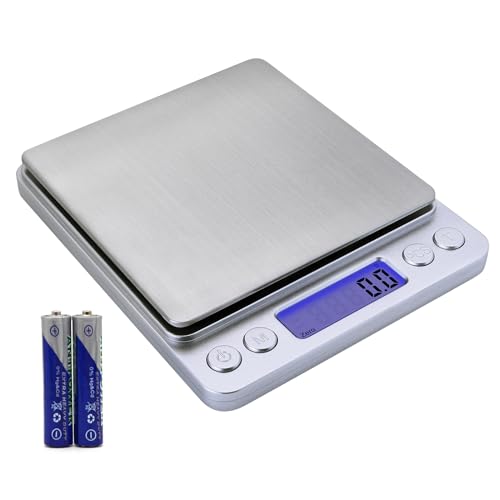I am starting to get it. There is just certain things i have read on this thread that is a bit contradicting (i think?). Hold up lemme find the quotes.
Here they have a 50/50 concentration. So as you say for every gram of lye is one gram of water. I get that now. If the recipe calls for this amount of lye, and your batch is 50% concentration; keep adding until the amount of lye is equivalent to what is needed.
What i don't get is like when they "make up the rest" of the liquid with milk or aloe (like examples given above). If the rest of the liquid (say aloe) doesnt have lye in it, wouldn't the concentration of lye be even lower since you are "diluting" it with more liquid (the aloe)
I hope you are following me (i feel like im confusing myself lol) By your logic, if the recipe calls for 100 gm of lye and you double the amount (because it 50% concentration), how do you formulate a proper amount of lye solution when adding a different liquid (aloe/milk/whatever) after the fact?
OR is that where the water discounting comes into play? To make up for the milk being added. So if your recipe calls 50% milk, 50% water. Should the water to lye ratio be even more concentrated since later on it will be diluted with milk? This is what is troubling me.
I AM SO SORRY. For all these questions. But they are bound to come around sooner or later and eventually i will have to dive in and just do it. So i figure i might as well understand it now than get stuck in a "bad habit" of doing things an odd mathematical way.
Thank you and i hope i am not asking too many questions. I know i am, but i am really interested in getting this right.
First, in the beginning masterbatching lye might be to complex. Get comfortable making CP soap first.
After you have done a few batches or made soap for a few months or 6 months or more, if infrequently, then give master batching a go.
To answer the questions, though. Say you run your recipe through soapcalc ir soapee or whatever
lye calculator you are using 33% lye solution and you indicate your SF, and plug in your oils. The
lye calculator tells you how much water and how much lye you need to get that 33% lye solution.
This is where you do your math. You have a 50% lye solution already. So you double the NaOH weight to get the right amount of lye. THEN you deduct the that amount from your total of water and lye as indicated by your
lye calculator and THAT is the remaining amount of liquid needed.
That remaining amount of liquid is what they mean by 'make up the rest.'
Here is an example recipe using soapee for a Castile soap:
500 g Olive Oil
130.6 g Total Water Weight
64.3 g Total NaOH Weight
15g Fragrance Oil Weight
Total Batch Weight 709.9g
Superfat 5%
Lye Concentration 33%
To get 33% lye concentration using a 50% lye master batch and additional liquid:
Total lye + water weight (64.3g + 130.6g = 194.9g)
(Minus) -
Total weight 50% lye masterbatch (2 x 64.3g = 128.6g)
(equals) = Remaining liquid needed (194.9g - 128.6g = 66.3g)
So if you were making straight castile soap you would add in another 66.3g water to the measured out amount of your masterbatch.
Or if you wanted to make a milk castile, you would add 66.3g of milk to the lye solution. Or whatever OTHER liquid. That is 'making up the rest' as referred to by previous poster.










































